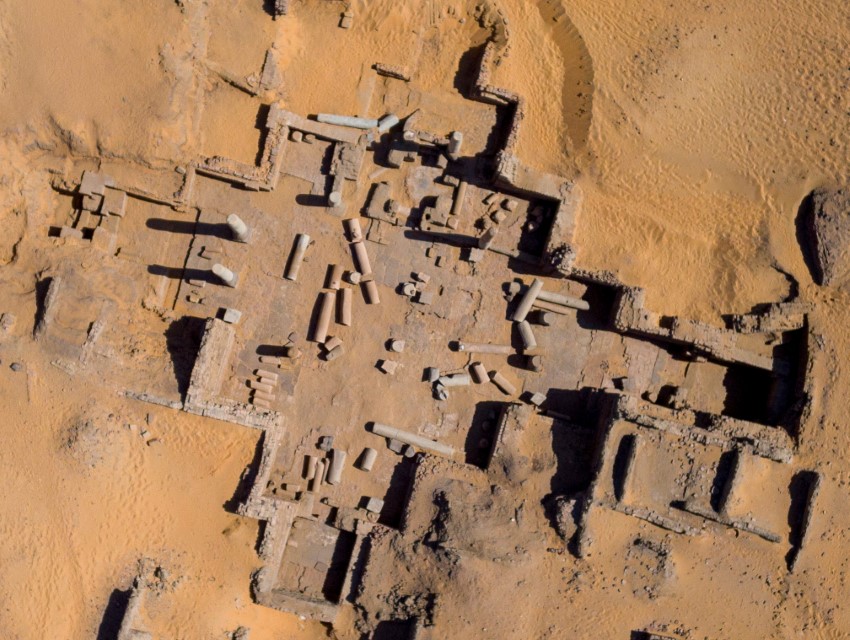-
Principal Investigator: Assoc. Prof. Artur Obłuski
Contact: a.obluski@uw.edu.pl

Project collaborators:
- Dr. Dorota Dzierzbicka
- Dr. Agata Deptuła
- Magdalena Skarżyńska, MA
- Agnieszka Wujec, MA
Project term:
March 2022 to March 2027
Budget:
PLN 2 954 046
Funding:
National Science Centre in Poland, SONATA BIS 11, 2021/42/E/HS3/00381

-

Kyriakós oíkos? Diachronic conceptualisation of the space and function of Medieval Nubian churches
Keywords: church (building), Nubia, Christianity, architecture, Makuria, Old Dongola
The Greek term kyriakós oíkos means “the House of the Lord”, or, in other words, a church. The project seeks to answer questions about the form, function and concept of the church in Nubia (modern Sudan) between the 6th and the 14th centuries CE. It also aims to verify existing theories and concepts concerning changes in medieval sacral architecture in this region.
Past research on Nubian churches have focused on the evolution of their architectural form and its internal divisions but have marginalized, or entirely omitted social factors impacting the location and internal organization of churches. In addition, researchers tended to work alone and focus on a single aspect of the material remains or category of sources. The project assumes a teamwork approach to the Nubian church as a sacral space, considering it from the viewpoints of archaeology, architecture, epigraphy, iconography, and social sciences. The form and functions, as well as the processes that the church underwent over the centuries, will be studied from multiple research perspectives, which, when combined, will produce the effect of synergy.
The focus of the analysis is a group of 23 sacral buildings from two capitals of medieval Christian kingdoms located in the Middle Nile Valley. Over 20 churches are preserved in Old Dongola, the capital of the kingdom of Makuria, and the remains of the churches of Faras, the capital of Nobadia, are housed in the National Museums in Warsaw and Khartoum. The group selected for analyses constitutes 25% of the total of ca. 220 identified churches, half of which are now beneath the waters of the Nubian Lake. The remaining published churches will be treated as sources of supplementary data.
The data collected on all the buildings, acquired through field research and excavations, as well as archival, library and museum studies, will be analysed and used to reconstruct the forms of the churches. As no church in Old Dongola or Faras has had its erection date established using absolute dating methods, samples for analyses will be collected, and the obtained results will be used to establish a chronology of changes of the sacral buildings.
The results will be a multi-aspect functional model of the Nubian church and an understanding of the diverse changes it underwent over time. Published in articles in leading journals, as well as in the form of a monograph, the results will contribute to global research on medieval sacral space, highlighting the distinctiveness of the Nubian religious, social and artistic milieu. The project will bring a wealth of new data to the study of Christian sacral architecture of Dongola and Nubia as a whole. The comprehensive analysis of the Nubian church will allow description of the phenomenon of the Nubian church in a reliable and exhaustive manner, not only as a lifeless form, but also as an element of social life.
Associated events:Lectures and conference presentations:Project bibliography:Links
More about Old Dongola
On social media – #KyriakosOikosTungul
